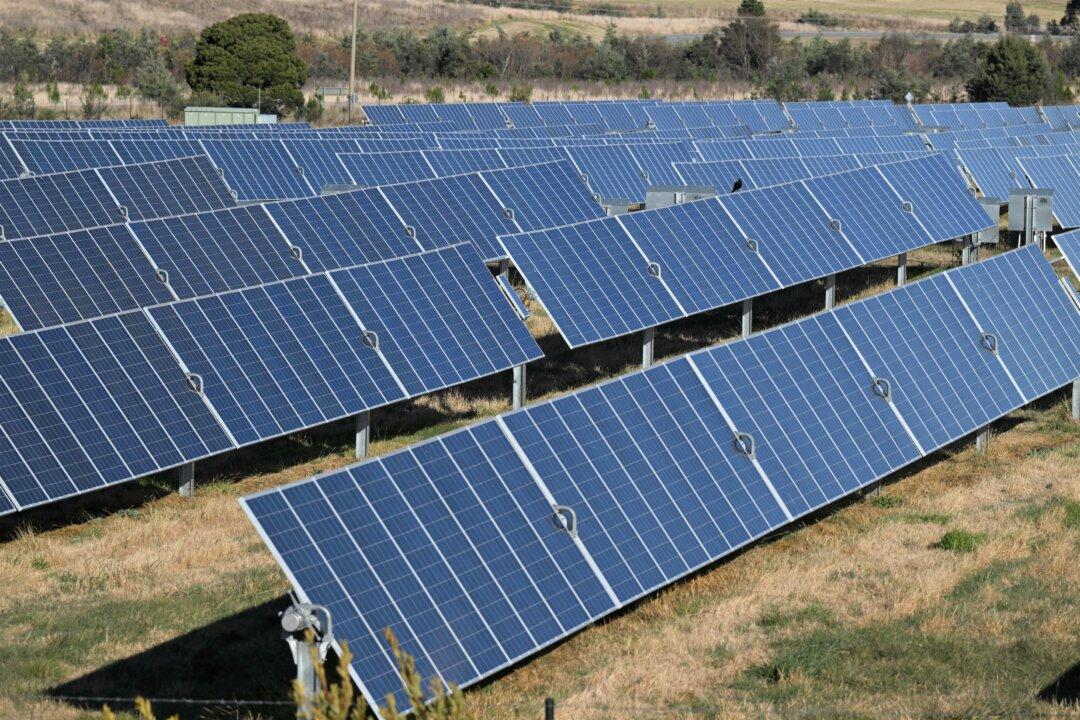Over 50 cleantech firms have outlined an ambitious five-year plan that they claim can cut emissions in Australia by 81 percent by 2030—a more ambitious target than the one set by the current Labor government.
On Nov. 24, global brands like Toshiba, Vestas, and Schneider Electric backed a new report from the Beyond Zero Emissions think tank claiming this target can be achieved with the accelerated rollout of six existing technologies: solar panels, wind turbines, batteries, electric vehicles, heat pumps, and electrolysers.





